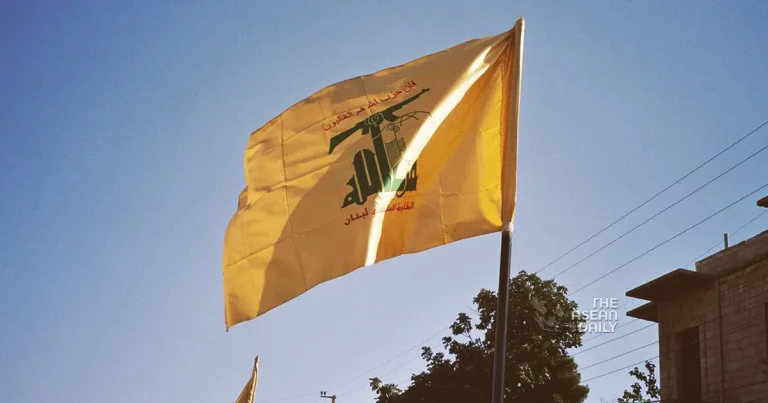16-10-2023 (BEIRUT) Tensions along the Israeli-Lebanese border have surged recently as Hezbollah, a Lebanese militant group backed by Iran, engaged in exchanges of fire with Israel, marking the deadliest escalation since the 2006 war. The conflict, involving Hezbollah and Israel, has also raised concerns about a broader confrontation involving the Palestinian group Hamas. Here is an overview of Hezbollah’s history, military capabilities, and regional influence.
Origins of Hezbollah
Hezbollah was established in 1982 by Iran’s Revolutionary Guards during Lebanon’s civil war, with the aim of spreading Iran’s Islamic Revolution and combating Israeli forces following their 1982 invasion of Lebanon.
The group, sharing Iran’s Shia Islamic ideology, recruited Lebanese Shia Muslims.
Hezbollah’s Military Strength
Hezbollah retained its weapons after Lebanon’s civil war ended, using them against Israeli forces in the predominantly Shia south of the country.
In the 2006 war with Israel, Hezbollah showcased its military capabilities, launching thousands of rockets into Israel.
Its military power increased further as it intervened in Syria to support President Bashar al-Assad in his fight against Sunni Muslim rebels.
Hezbollah possesses precision rockets and drones, and it claims the ability to target any part of Israel.
It is estimated to have around 100,000 fighters, with Iran providing both weapons and funding.
Role in Israel-Hamas Conflict
Hezbollah has strong ties with Palestinian groups, including Hamas and Islamic Jihad, both backed by Iran.
The group stated it was in direct contact with Palestinian resistance leadership during the October 7 attacks when Hamas conducted a major assault from Gaza into Israel.
Since October 7, Hezbollah has engaged in cross-border exchanges of fire with Israel.
For the first time, Hamas and Islamic Jihad launched attacks on Israel from Lebanon, including a cross-border infiltration on October 10 by Islamic Jihad.
Regional Influence
Hezbollah has inspired and supported Iranian-backed groups across the Middle East. It trained armed groups in Iraq and participated in the conflict there.
While Hezbollah denies fighting alongside the Iran-allied Houthi rebels in Yemen, Saudi Arabia accuses it of supporting the Houthis.
Role in Lebanese Politics
Hezbollah’s influence in Lebanon is reinforced by its arsenal and support among Lebanese Shia Muslims.
The group has ministers in the government and lawmakers in parliament.
Hezbollah began to play a more prominent role in Lebanese politics after Syria withdrew from Lebanon in 2005, following the assassination of former Prime Minister Rafik al-Hariri.
The 2008 power struggle between Hezbollah and its Lebanese adversaries led to a brief conflict, with Hezbollah taking control of parts of Beirut.
In 2016, Michel Aoun, a Hezbollah-aligned Christian politician, became Lebanon’s president.
In 2018, Hezbollah and its allies won a parliamentary majority. While they lost this majority in 2022, Hezbollah maintains significant political influence.
In 2021, the group clashed with authorities over a judge’s investigation into the 2020 Beirut port explosion, which resulted in deadly confrontations in the city.
Allegations of Attacks on Western Targets
In the 1980s, groups linked to Hezbollah were accused of carrying out suicide attacks on Western embassies and targets, as well as kidnapping Westerners.
Hezbollah leader Nasrallah has distanced the group from these attacks, attributing them to small, unaffiliated groups.
International Designation as a Terrorist Organization
Western countries, including the United States, designate Hezbollah as a terrorist organization.
The European Union labels Hezbollah’s military wing as a terrorist group but not its political wing.
Argentina has accused Hezbollah and Iran of responsibility for the 1994 bombing of a Jewish community center in Buenos Aires and a 1992 attack on the Israeli embassy in Buenos Aires, resulting in significant casualties.




